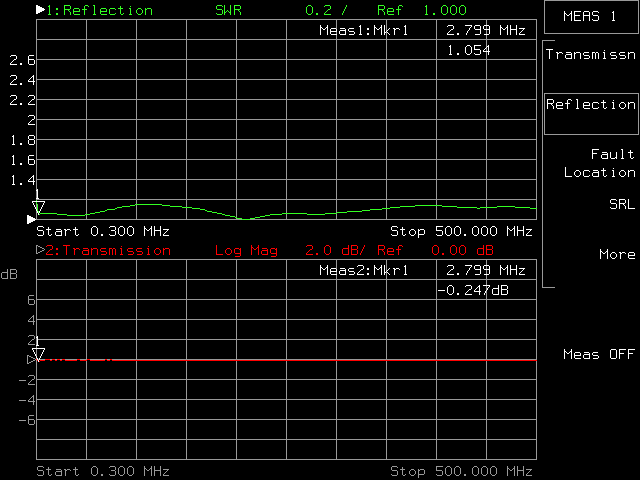I recently bought my first active probe. I thought I'd have a little fun with it and look at a transmission line using it and some passive probes. To do this I looped coax cables between the source and reflection ports of my network analyzer(HP8714C). There is a T in the center allowing us to probe the signal. The network analyzer was configured to sweep 0.3-500 MHz. It is displaying reflection(SWR) in green and attenuation(dB) in red - a very basic way to see what effect the probe has on the signal.
This is the baseline signal with nothing connected to the transmission line.

This is a Tektronix P6139B 500 MHz 10Mohm 8pF passive probe connected to the transmission line.

This is an Agilent 1160A 500 MHz 10Mohm 9pF passive probe connected to the transmission line.

This is an Agilent 1161A 500 MHz 10Mohm 10pF passive probe connected to the transmission line.

And finally the Agilent N2795A 1GHz 1Mohm 1pF active probe connected to the transmission line.

Edit Sept 18, 2016 to add Agilent 1152a 2.5 GHz 100k ohm 0.6 pF active probe connected to the transmission line.

All probes were connected using the probe tip and a ground spring to minimize inductance/loading.
As the capacitance increases it is easy to see how much more loading there is with the passive probes, and it is easy to see how little impact the active probe has on the signal.
I don't know if Dave has any active probes but it a video on probe loading might be interesting.